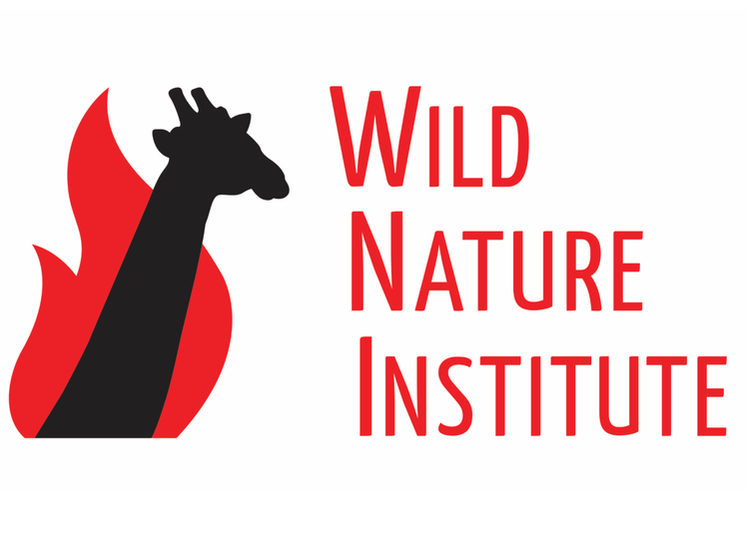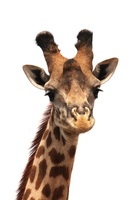 Tomorrow we are leaving to conduct surveys for presence of Giraffe Skin Disease in the Serengeti, Ngongoro, and Lake Natron regions of northern Tanzania. We will be away for more than a week, but we promise to post photos of our journey upon our return. Baadaye (until later)!
0 Comments
_ Calling all bird lovers! The Masai Steppe – particularly Tarangire National Park – supports one of the greatest diversities of birds in Africa, if not the world. The park alone contains more than 550 species. Especially rich in bird life are the wetlands (Silale Swamp), the floodplain of the Tarangire River, and the open Acacia woodlands (giraffe habitat!) During our January and February TUNGO and giraffe photographic surveys, we noticed large numbers of raptors (birds of prey) which indicates a healthy ecosystem, filled with myriad rodents, small birds, insects, and reptiles that feed these raptors. We also spotted several wintering Eurasian migrants, such as the Eurasian Roller, Eurasian Bee-eater, and vast numbers of White Storks stalking the ground for large insects, mice, moles, frogs, and other amphibians. It is the breeding season for some birds here; many of the Acacias are weighed down with weaverbird nests, making them look like African Christmas trees!
We invite you to enjoy this slideshow of some of our favorite pictures of the raptors (including owls), shorebirds, ducks, geese, fowl, and passerines of the Masai Steppe Ecosystem. 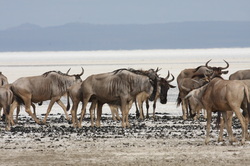 _ It is the “short dry season” in the Masai Steppe and that means the migratory animals that had dispersed out of Tarangire National Park during the short wet season (November to January) are returning for water. By the end of our surveys in mid-February, we were seeing many zebras en route to the park, with wildebeests not far behind. Zebras and wildebeests migrate the farthest of all the ungulates here, heading north to the Gelai Plains and east to the Simanjiro Plains during the wet seasons to seek nutritious, volcanic-soil-fed grasses, and returning to Tarangire during the dry seasons for the reliable water sources in the park. They will remain in the park until March, when the long wet season begins and they head on their migration once again. Many of the zebra mares were accompanied by their foals. We couldn't resist sharing just a few photos of these zebra babies! Theories abound on why zebras evolved their stripes. Some say to confuse predators, others say to recognize each other (stripe patterns are unique to each animal), and yet others say they are a way to advertise an individual's health. Another theory - that the stripes repel annoying and disease-transmitting tsetse flies - has been proposed but never tested. Until now.
New research published in the Journal of Experimental Biology (click here for more information) demonstrates that horseflies, which are similar to the tsetse flies found in the zebra's natural habitats, were least attracted to the pattern of stripes of the exact width found on zebra hides. So those zebra stripes might just have evolved to repel tsetse flies after all! Even Wild Nature Institute scientists are mercilessly hounded by tsetse flies. Maybe we should paint ourselves with black and white stripes, too? _Derek, Monica, and Robert have just returned from nearly a month in the bush, where we conducted our photographic mark-recapture surveys of the Masai giraffe in the Tarangire-Manyara Ecosystem. We did two complete surveys of Tarangire National Park, Lake Manyara National Park, Manyara Ranch Conservancy, and Selela and Lolkisale Game Controlled Areas (GCAs allow hunting of ungulates, although not giraffe). We took identification photos of hundreds of giraffes, calculated their heights, and looked for Giraffe Skin Disease. This information will go into a database for long-term monitoring of the animals.We are studying the demography of giraffes – births, deaths, and movements – to understand where they are doing well and why. The Wild Nature Institute’s scientists are committed to ensuring a future for the Masai giraffe, the national animal of Tanzania.
_ Life is tough out in the wild, and this is especially true for the youngest animals. Newly hatched chicks, just-born ungulates, and even elephant and carnivore babies are at the most vulnerable stage in their lives. Here are some photos of the youngest residents of the Masai Steppe Ecosystem, closely guarded by their mothers - click on the images to enlarge.
_Termite mounds are ubiquitous in African savannas, and clearly comprise an important part of the ecosystem. In Tim Corfield’s superb guidebook to Tarangire National Park, he writes:
"If all the members of an average colony of Macrotermes were to walk off in a straight line, nose to tail, in single file, the line would stretch for over 75 km and it would take over 3 months of continuous movement, day and night, to get into that formation! In tropical ecosystems in general the overall mass of termites has been put at between 5 and 50 grams per square km. The overall mass of mammals in Tarangire evened out over the year has been estimated at about 15 grams per square km. It could well be that in terms of sheer animal weight, termites exceed all the elephants, buffalo, wildebeest, zebra, impala, etc. put together!" Corfield also notes that termites bring a vast amount of soil to the surface, and their mounds can tower to heights of up to 30 meters! Some mounds are known to be over 60 years old, and some individual king and queen ants are known to be over 80 years old and still reproducing. Other animals make use of termite mounds. Lions like to hang out on the mounds for better viewing. Mongoose families make their homes within the mounds, and barbets (distantly related to woodpeckers) build their nests inside the mounds. We spotted numerous yellow-necked spurfowl calling from the top of the mounds. Because the termites create habitat required for other organisms, they are known as “keystone species.” _ Gerenuk is a rare species in Tanzania, found only in Selela Game Controlled Area and points north (with a possible recent sighting on Manyara Ranch). Most visitors on safari to the national parks here will not see this elusive animal. Known in Kiswahili as the “swala-twiga,” or antelope-giraffe, the gerenuk has an impressively long neck and hides in the shade of the trees upon which it browses. Selela is the northern part of our study area, and we counted several of these magnificent creatures during our January TUNGO distance-sampling surveys.
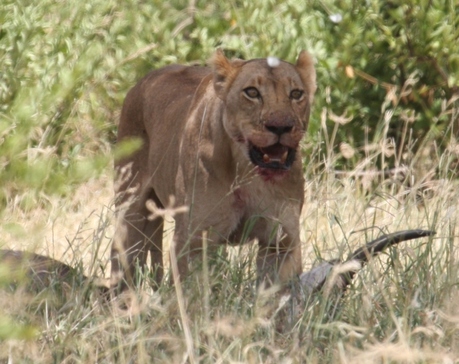 On today’s giraffe survey just north of the Kuro Bridge in Tarangire National Park, we spotted a pair of young African lions that had just killed a waterbuck. Lions are usually at the top of the list of animals that visitors to Tanzania want to see on their safari. Lions and many other carnivores need ungulates to survive – yet another reason why our research and conservation efforts are so important. During our latest TUNGO surveys we documented the two smallest antelopes in Tarangire, the dik dik and the klipspringer. Both are about the size of a hare, but the klipspringer prefers steep rocky habitats, while the dik dik are usually found in bushy savanna flats. We often see dik dik during our surveys, but this is the first record of a klipspringer. This one was part of a pair seen on Tarangire Hill. This dik dik mother and calf were seen near the river.
|
Science News and Updates From the Field from Wild Nature Institute.
All Photos on This Blog are Available as Frame-worthy Prints to Thank Our Generous Donors.
Email Us for Details of this Offer. Archives
July 2024
|
|
Mailing Address:
Wild Nature Institute PO Box 44 Weaverville, NC 28787 Phone: +1 415 763 0348 Email: [email protected] |
|

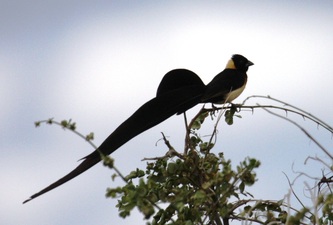
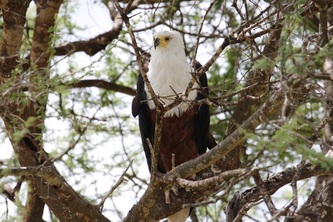
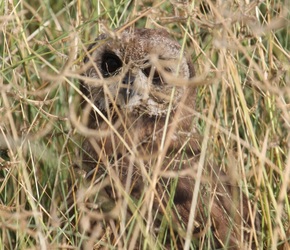
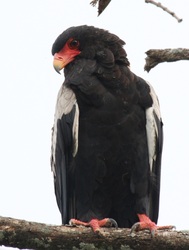
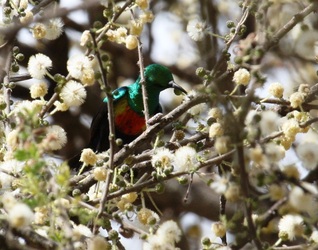
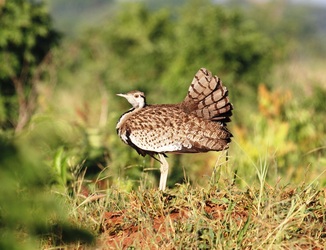
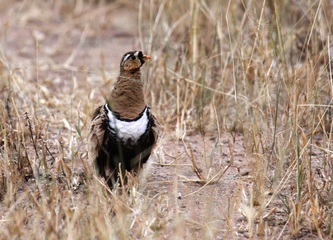
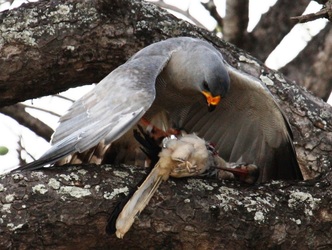
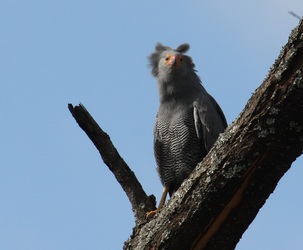
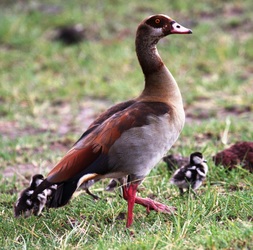
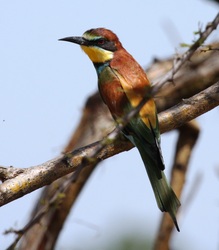
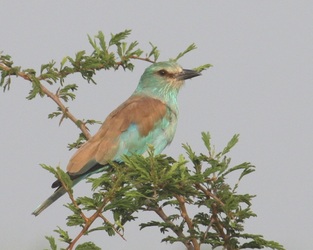
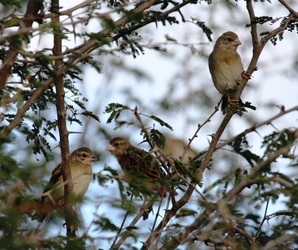
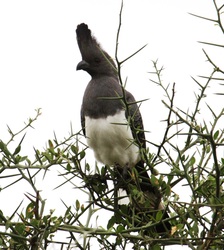
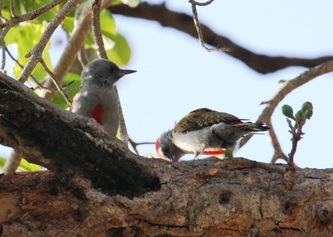
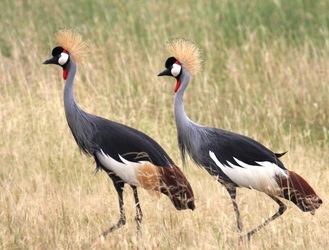
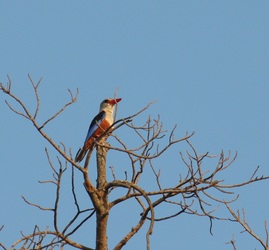
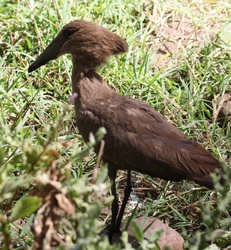
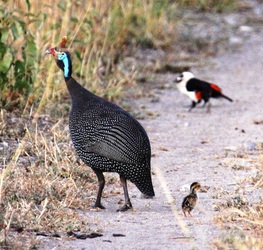
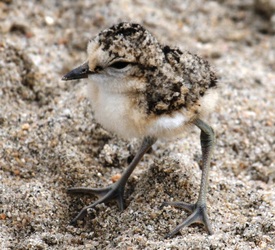
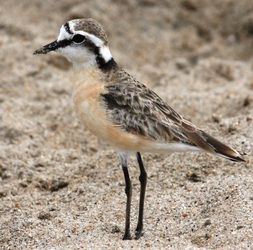
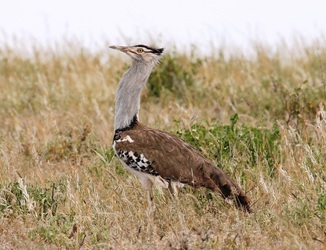
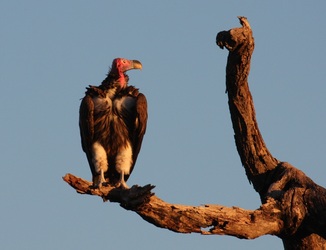
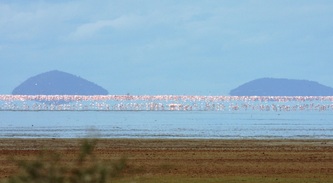
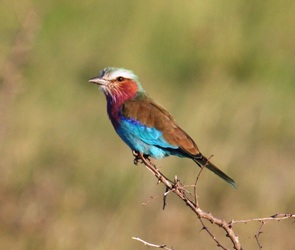
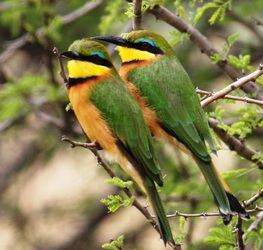
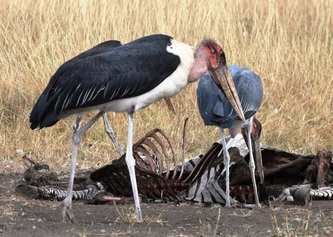
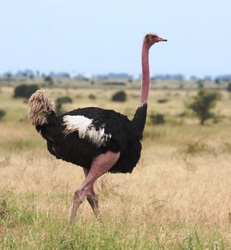
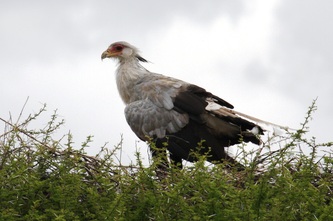
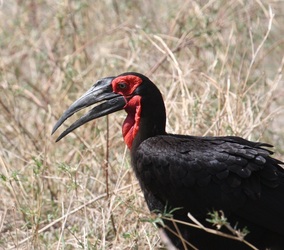
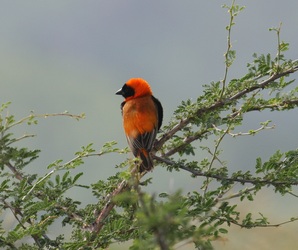
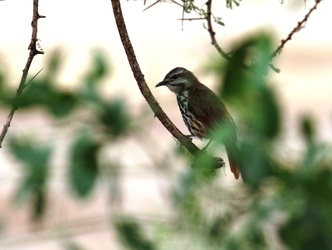
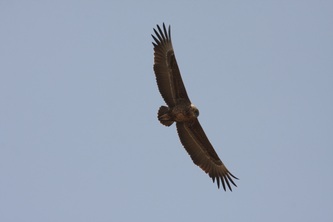
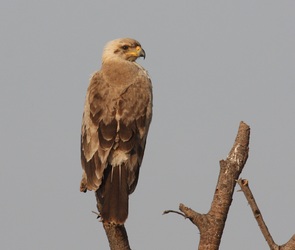
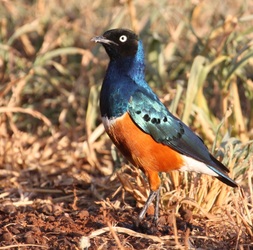
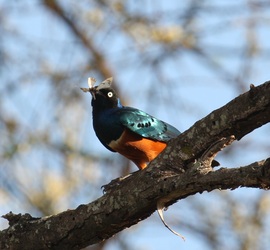
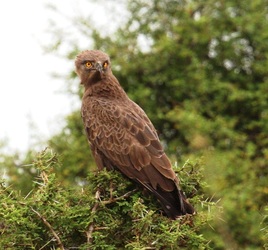
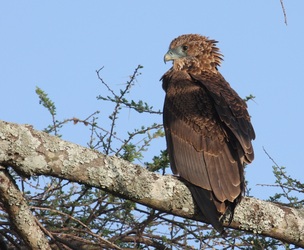
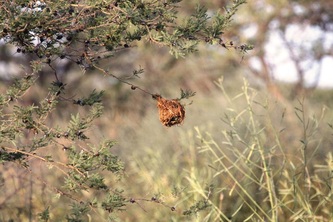
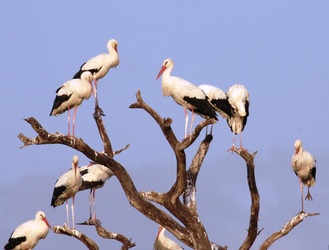
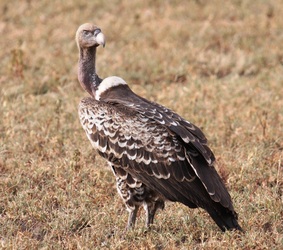
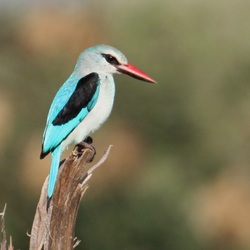
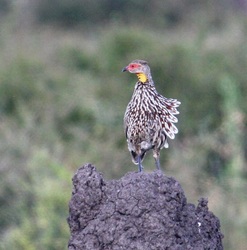
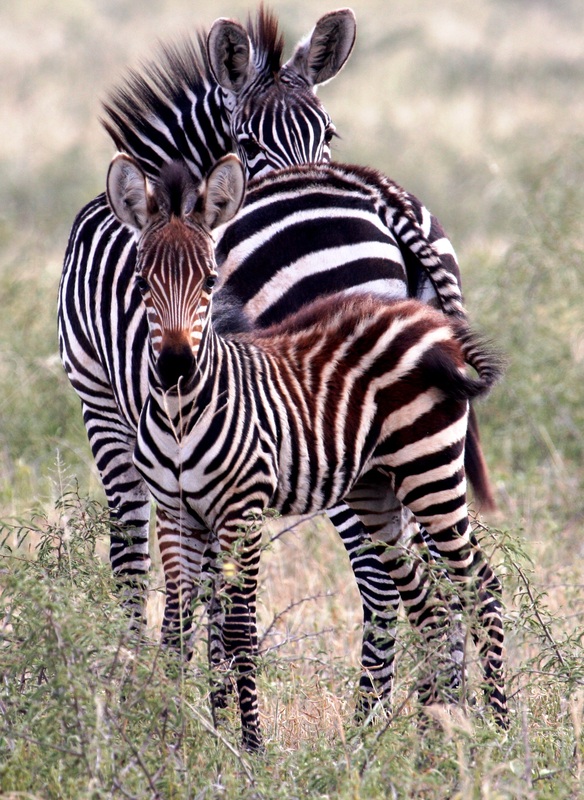
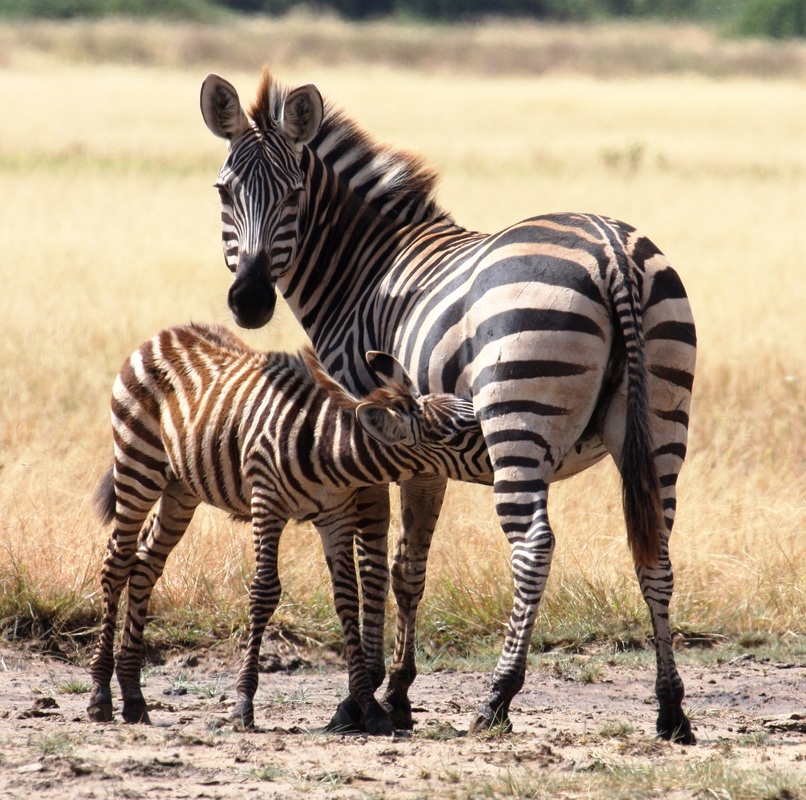
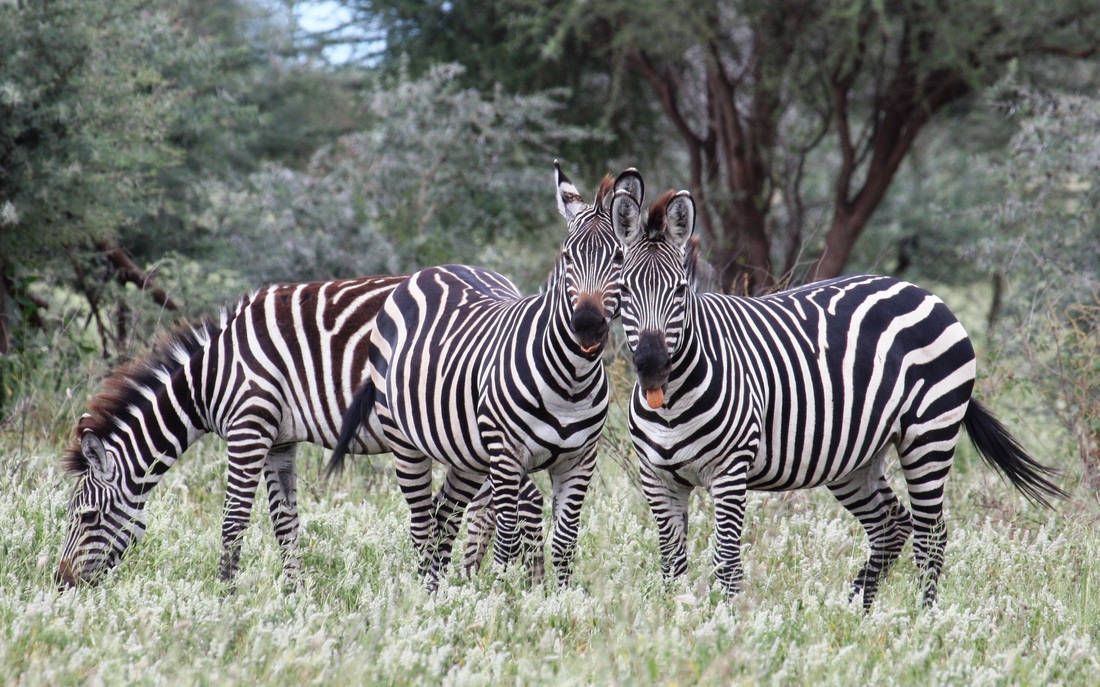
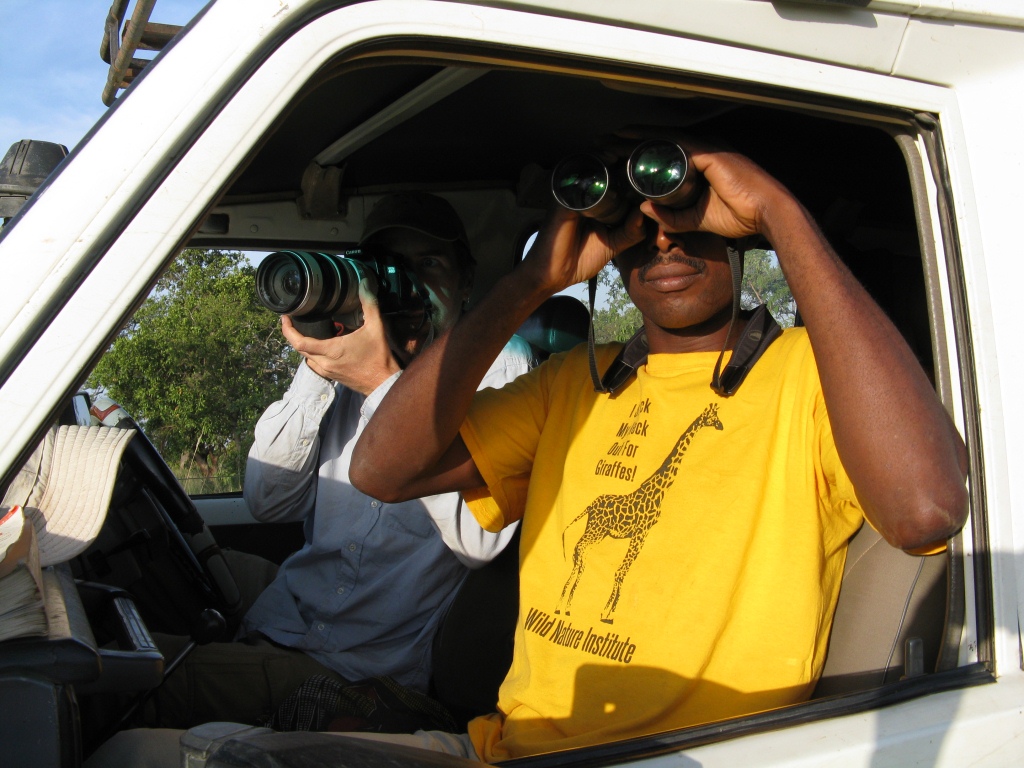
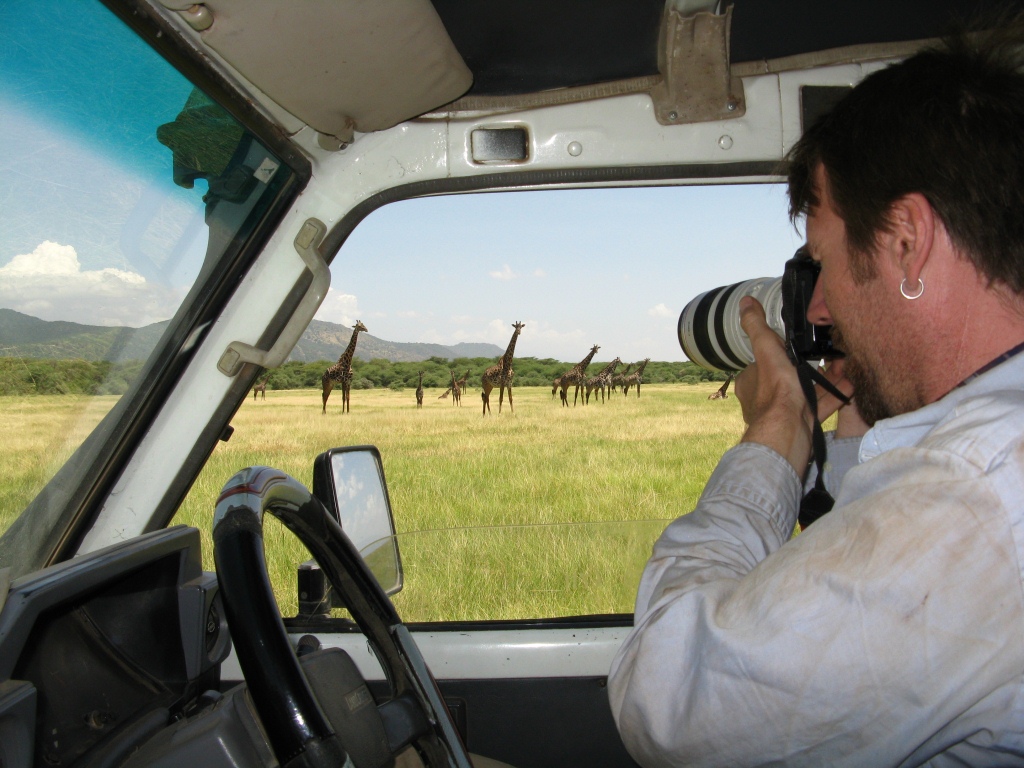
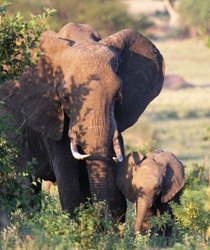
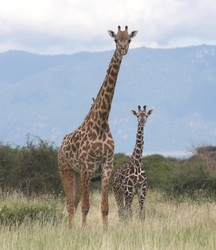
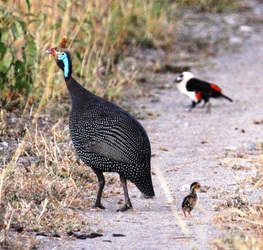
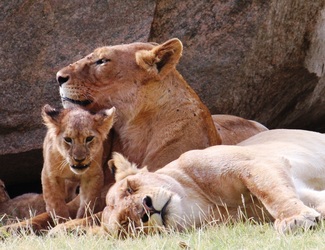
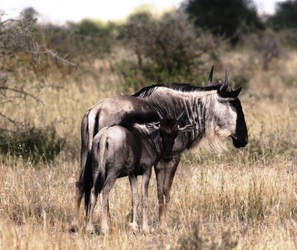
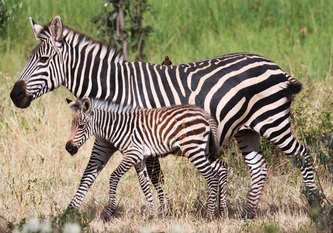
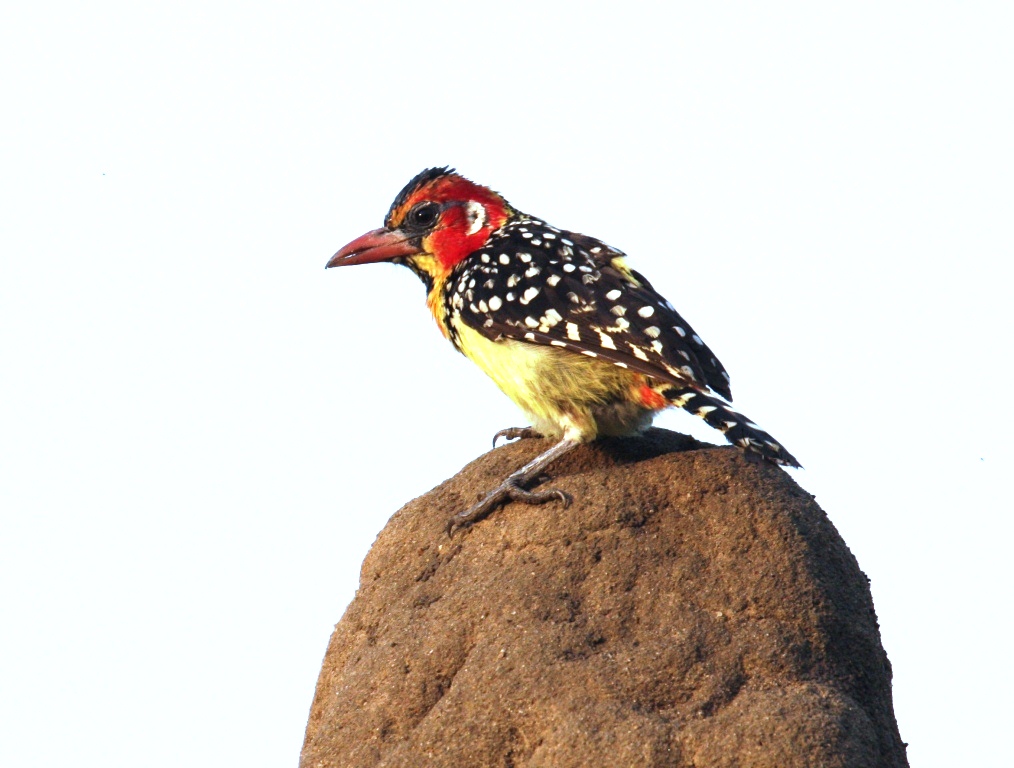
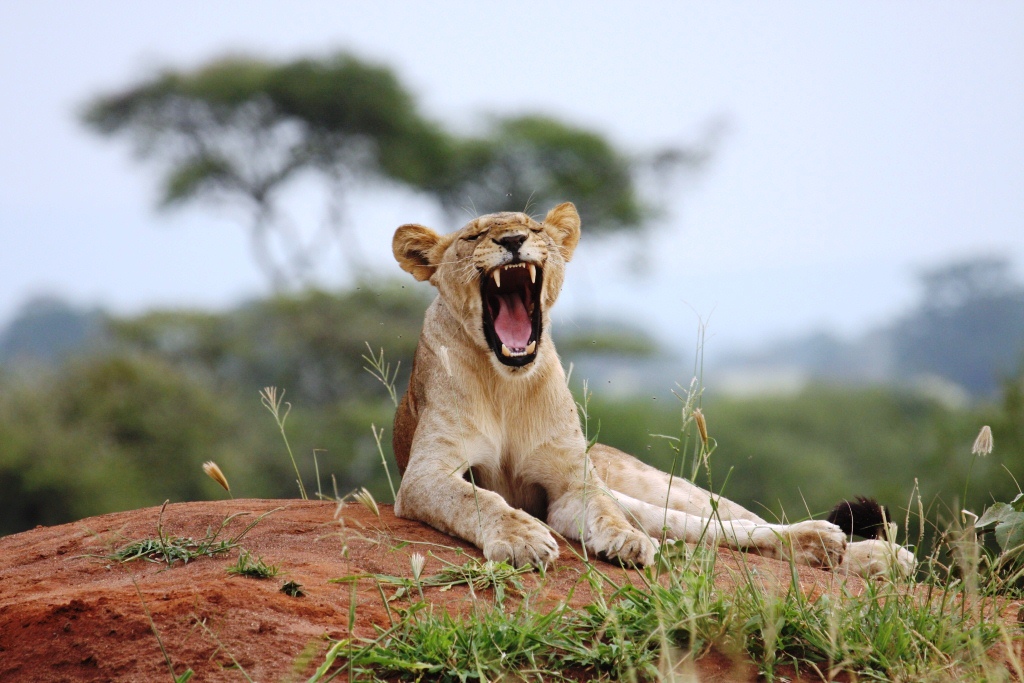
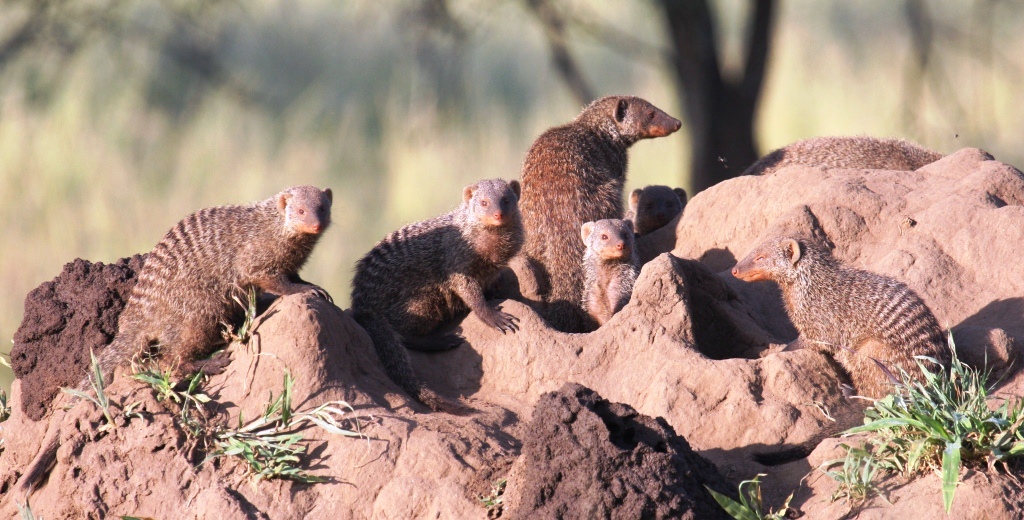
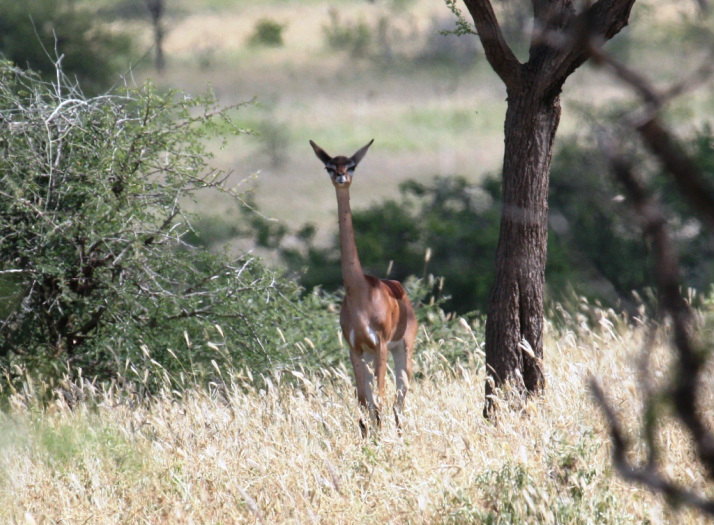
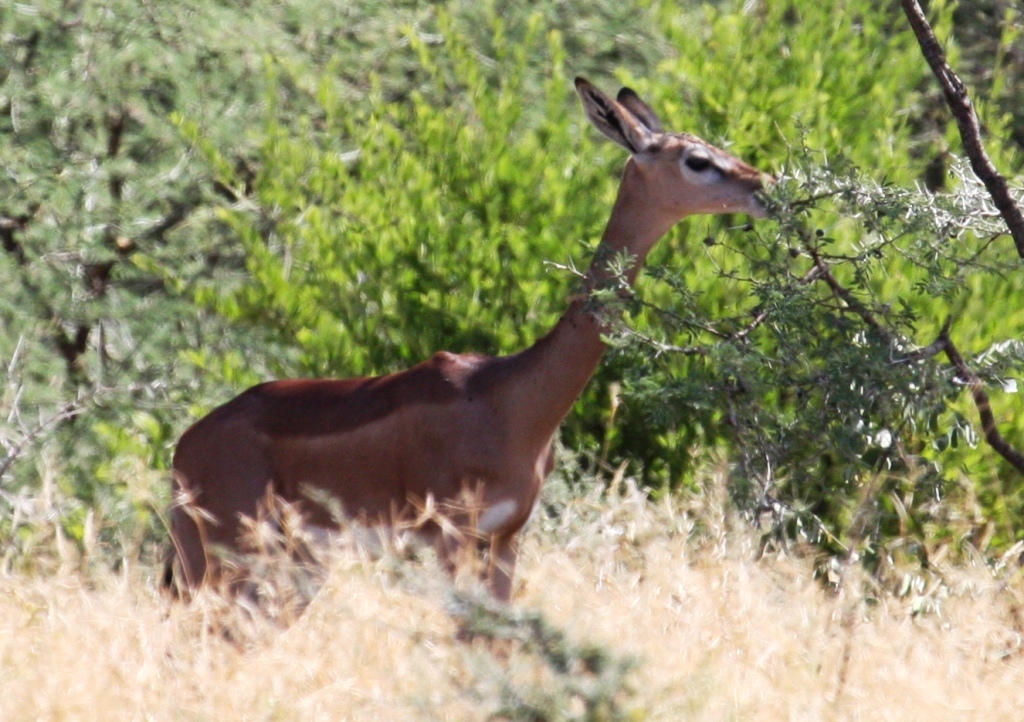
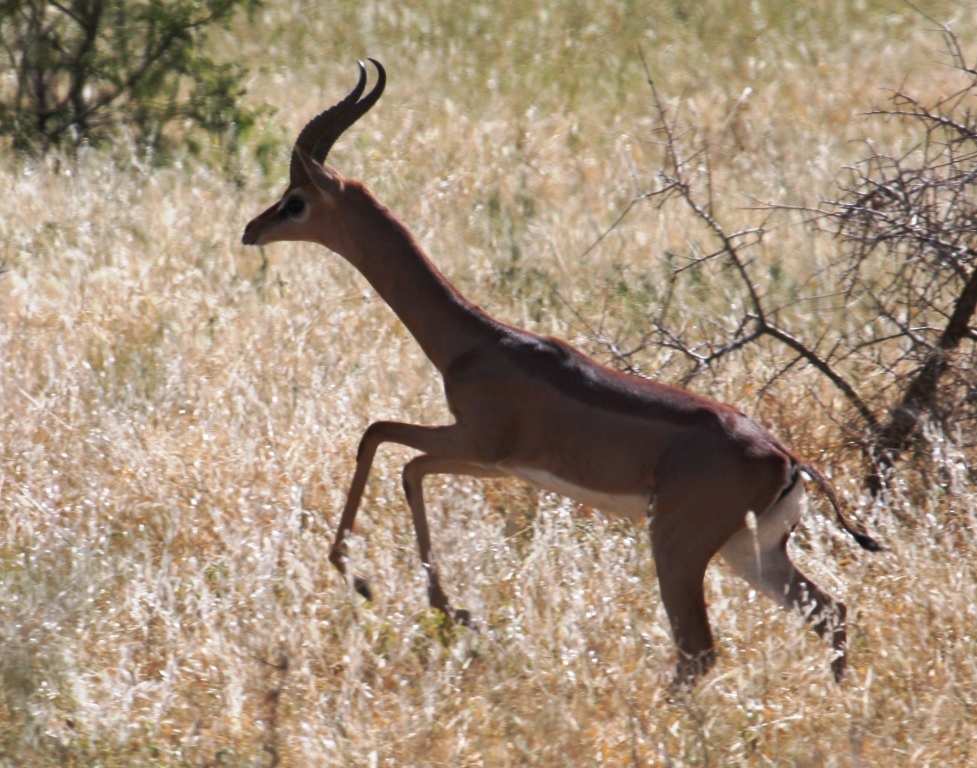
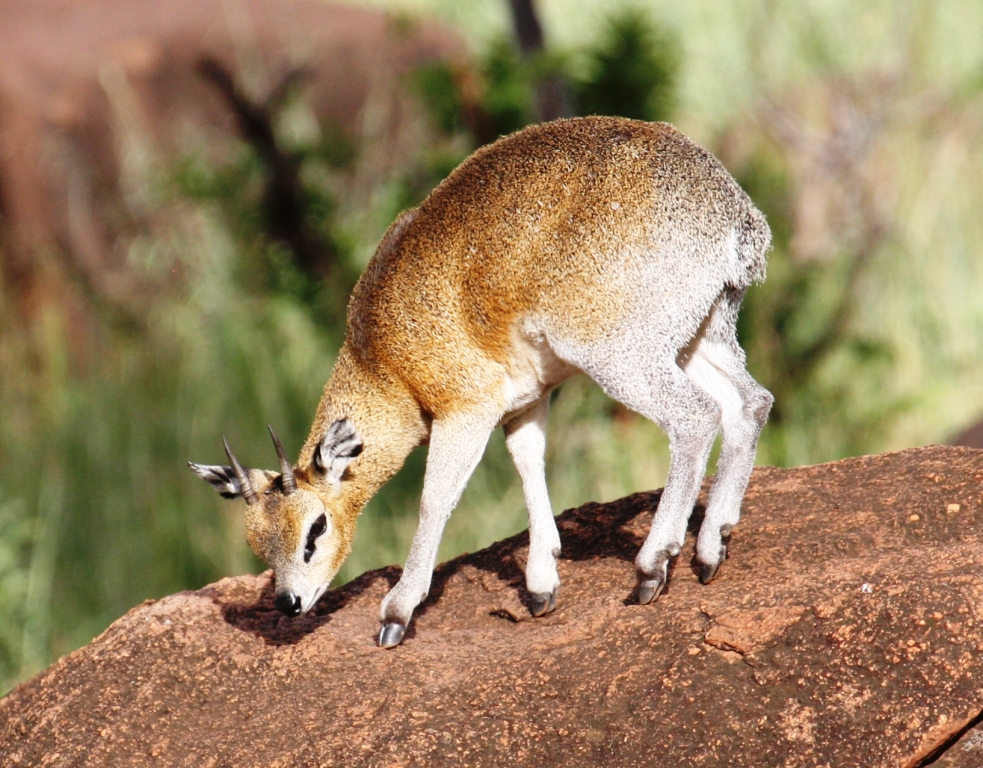
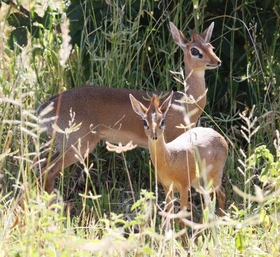
 RSS Feed
RSS Feed
